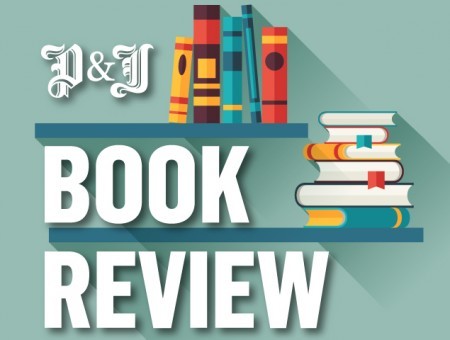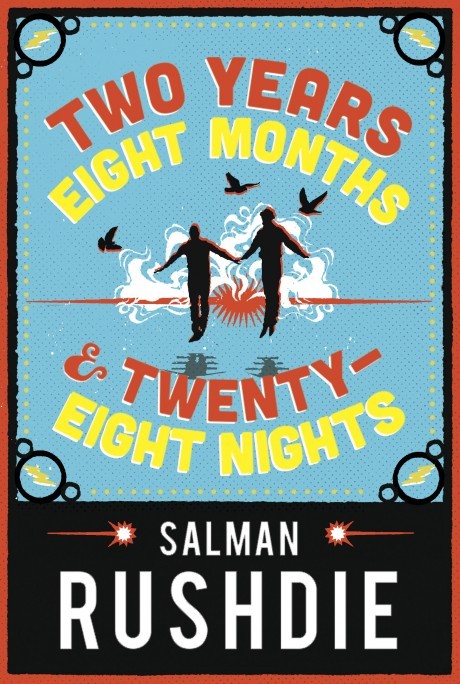Hardback by Jonathan Cape, £18.99 (ebook £7.50).
Mischievous, malevolent jinn (genies) interfere with the human world
in Salman Rushdie’s latest novel, which combines a recognisable near-
future with the magical world of Arabian mythology.
The plot follows this ‘war between worlds’, fuelled by a fictional,
centuries-long disagreement between genuine historical Muslim
philosophers Ghazali and Ibn Rushd, the latter of whom purportedly
sired a small army of half-human children with the disguised,
benevolent and extremely fertile jinnia Dunia.
Descendants of these offspring, who include a frustrated comic book
artist and a Manhattan gardener, must come together in a battle
between followers of God and reason, which is played out over two
years, eight months and 28 (or 1,001) nights.
Hieronymous ‘Mr Geronimo’ Menezes, the aforementioned gardener, is the closest thing the novel has to a human protagonist: an ageing, salt-
of-the-earth Indian man, who battles violent climate change and is
unwillingly drawn into the conflict with magical beings he doesn’t
believe in.
Rushdie channels the story of Scheherazade for this confusing,
twisting novel, which nevertheless weaves readers into its tapestry of
sex, death, ideas, arguments and human peccadillos.
He mimics the guise of an oral storyteller, with frequent digressions
and explanations, and drops in the occasional muse on concepts that
initially seem inconsequential, only to be picked up later in the
narrative.
His characters tell each other stories all the time, so their tales go
back and forth throughout the book universe’s timeline and layer over
each other into a dense compost that turns into the overall plot.
It sounds like a mess, but in fact works tremendously well, with
Rushdie managing to be funny and inventive.
Fans should be satisfied and newcomers bemused, then enchanted, by the wordsmithery on show – before running to Google to research all the elements of Eastern history.

